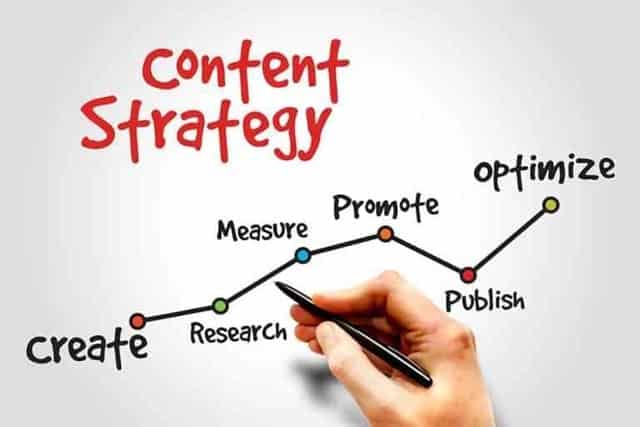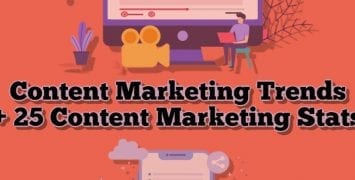Do me a favor real quick. Go back up and reread the title to this piece. Notice how I just said these are “tips” for content creation – not “tricks.”
Modern content creation isn’t about finding magical phrases which will trick your reader into purchasing your product or service. Instead, modern content is all about providing useful information to the reader. This a simple idea but, unfortunately, one which also can be difficult to implement, especially if you’re used to the more traditional method of content creation.
Here’s what you need to know:
Why Reader Engagement is Important (and How it Benefits Your Brand)
When someone enters a query on Google, they’re generally looking for a short bit of factual information. They want quick answers to an immediate question. Both Google and its users have the same goal: Accessibility.
While Google’s exact mechanics for measuring accessibility are shrouded in secrecy, one known metric is the “long click.” This when a user clicks on a result and then never returns to the search engine. The assumption, of course, is that the person found what they were searching for.
The opposite of the long click is “pogo-sticking.” As the name implies, this when the user goes quickly back and forth from the search results page and various websites. Pogo sticking implies the user isn’t able to find the info they’re looking for, so they have to try multiple search results in a short period of time.
Obviously, you want long clicks on your site. This creates a connection between your brand your readers. People learn that your brand provides useful information in an easy-to-read way.
Long clicks also increase your on-site conversion rates. This an almost ensured way to increase your position in the SERP. Google notices when people are often finding solutions to their needs on your site.
Here are four quick tips for your content:
1. Add a Table of Contents
This especially important if your blog post is over 1,000 words. Readers might not be interested in reading the entire post. If they’re looking for a quick bit of information, an easy-to-scan table of contents could be the difference between a long click or a quick pogo stick.
Your table of contents doesn’t need to be anything fancy. Wikipedia has a short, simple Table of Contents for every entry. Check out the one for pogo stick here. A searcher wanting to know who invented the pogo stick can easily go right to that section. At the same time, someone who only cares about how to use a pogo stick can jump right to that section.
Of course, if you have the time and talent, feel free to add a bit of style to your table of contents. At the very least, however, you want a comprehensive Table of Contents visible at the top of each page.
2. Eliminate Page Clutter
Beware of the over-engagement trap. Too many sites try too hard to engage with readers, which results in a ton of unrelated info cluttering up each page. Examples include headers, pop-ups, ads, scrolling elements, social media buttons, and similar features.
Individually, these can be effective elements to build a connection between your brand your customers. But when too many elements are used at once, pages become cluttered.
Always err on the side of minimalism. If you have a header, keep it relatively small and subdued. If you add social media buttons, put them on the bottom of the page where they’ll be unobtrusive. Avoid pop-ups and mandatory scrolling.
3. Create Content which is Easy to Scan
Most readers don’t read every word in an online article, especially if they’re only interested in finding a specific piece of information. So you want to make your content easy to speed read or scan. Fortunately, this usually only requires a few changes in format.
Here’s how to create content which is easy to scan:
- Descriptive subheadings
- Start each section with a one-sentence “mini introduction” to the topic
- Use bullet points, numbers, and other ways to break the text into short segments
4. Write for the Web, Not for Print
Effective print copywriting is different than effective writing for the web. With print, you can use a longer introduction, more complicated sentences, and a generally more formal tone. This because people tend to seek out print materials, so they’re more willing to spend their time reading something longer.
With the web, your audience isn’t necessarily seeking something to read. Instead, they’re seeking quick information. The easier you can provide that information, the happier your audience will be. And when your audience is happy with your brand, you’ll see an increase in long clicks and a decrease in pogo-sticking.
Conclusion
The big idea is pretty simple: Treat your reader like you want to be treated. Identify the information they want and then provide it in a clear, straightforward way. By avoiding content “tricks” you’ll end up being treated with loyal readers and an increased ranking in the search results.




